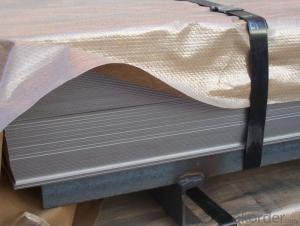Stainless Steel Plate 904L with Surface Treatment
- Loading Port:
- Shanghai
- Payment Terms:
- TT OR LC
- Min Order Qty:
- 1000 m.t.
- Supply Capability:
- 5000000 m.t./month
OKorder Service Pledge
OKorder Financial Service
You Might Also Like
Product Description
Stainless Steel Plate 904L with Surface Treatment
Description of Stainless Steel Sheet:
Description | steel sheet,hot rolled steel sheet,cold rolled steel sheet, steel sheet,sheet,steel plate |
Material |
201/202,304/304L, 310S/309S/316L/316Ti/321,410/420/430/444/443/409L, and 904L
|
Standard | ASME, ASTM, EN ,BS,GB,DIN, JIS etc |
Application | Steel sheet applies to construction field, ships building industry, petroleum & chemical industries, war and electricity industries, food processing and medical industry, boiler heat exchanger, machinery and hardware fields. |
Packaging | Standard export sea-worthy packing |
Delivery time | 10-30 days |
Quality | No.1 |
Productivity | 500 tons/Day |
Note | Our company has cooperative relation between the domestic agents. Stainless steel sheet can be made accordingto the customers requirements. Fasten delivery. Quality assured. |
Contacts | If you have any question,please feel free contact me. |
Stainless steel sheet surface finish characteristics
Surface finish | Characteristics and application |
2B | The surface brightness and flatness of no2B is better than no2D. then through a special surface treatment to improve its mechanical properties,No2B could nearly satisfy comprehensive uses. |
No.1 | Polished with abrasive belt of grit#100-#200, have better brightness with discontinuous coarse stria, used as inner and external ornaments for building, electrical appliances and kitchen utensils etc. |
No.4 | Polished with abrasive belt of grit #150-#180,have better brightness with discontinuous coarse stria, but thinner than No3, are used as bathtub buildings inner and external ornaments electrical appliances kitchen utensils and food processing equipment etc. |
HL | Polished with abrasive belt of grit #150-#320 on the NO.4 finish and has continuous streaks, mainly used as buildings ornaments elevators, door of building, frontal plate etc. |
BA | Cold rolled, bright annealed and skin-passed, the product have excellent brightness and good reflexivity like mirror, kitchen apparatus, ornament etc. |
8K | The product have excellent brightness and prefer reflexivity can to be the mirror. |
Main Features of stainless steel sheet :
•Escalator, Elevator, Doors
•Furniture
•Production tools, Kitchen appliances, freezers, cold rooms
•Auto Parts
•Machinery and Packaging
•Equipment and Medical devices
•Transport system
Product Details:
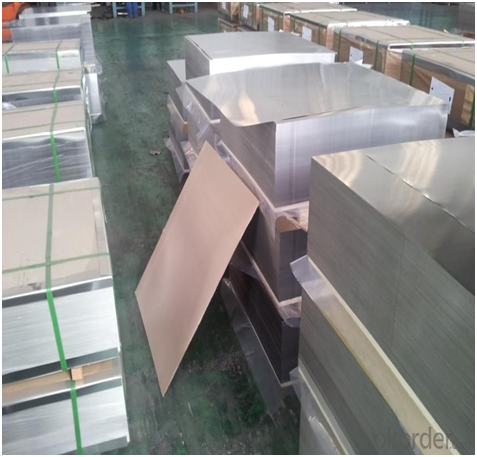
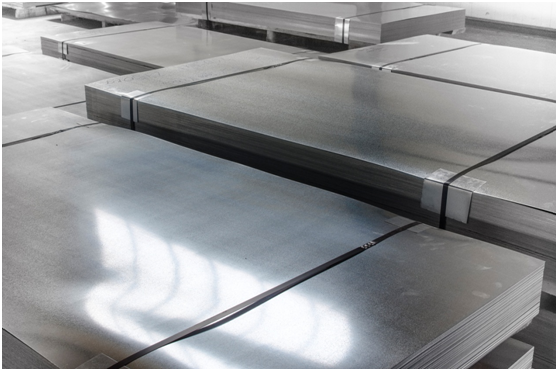
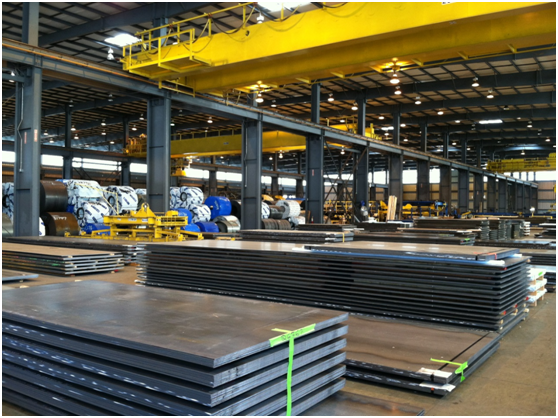
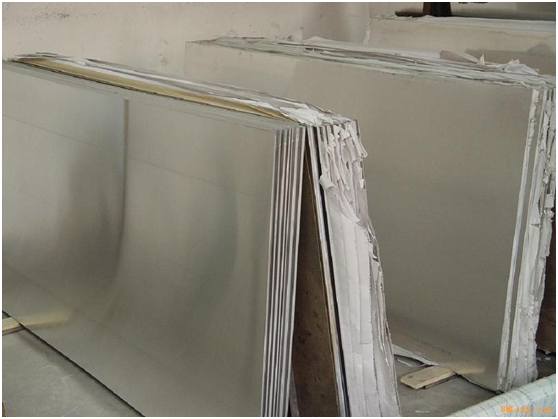
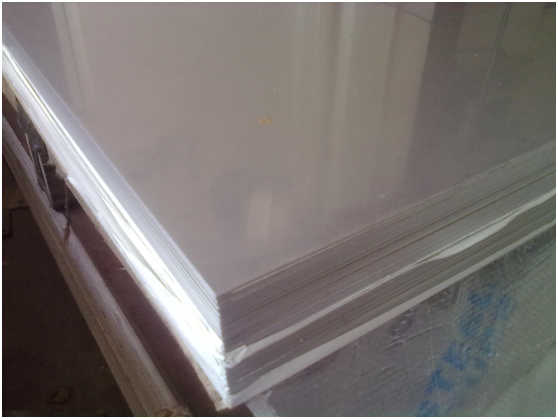
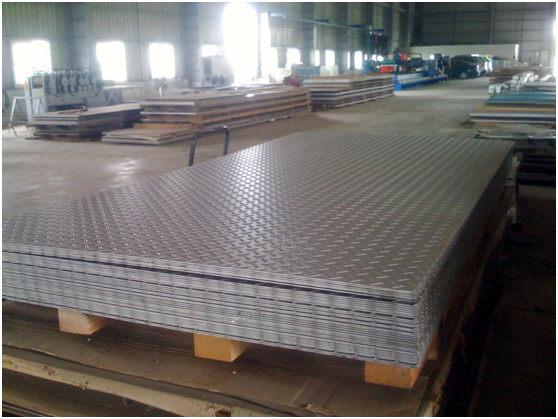
Cold Rolled and Hot Rolled:
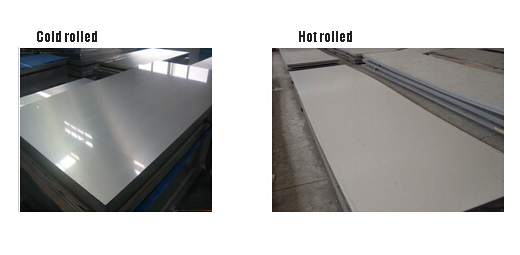
Packaging & Shipping
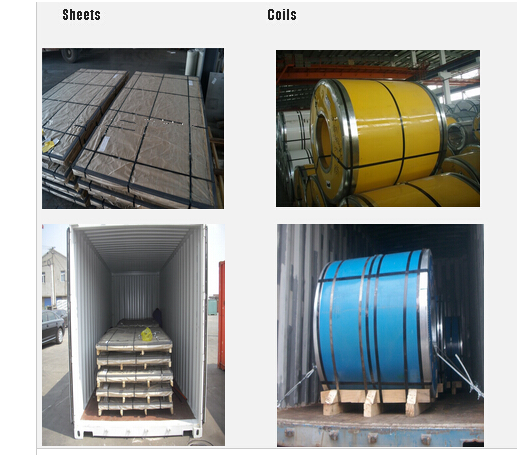
Our Services
Our company has cooperative relation between the domestic agents. Stainless steel sheet can be made accordingto the customers requirements. Fasten delivery. Quality assured.
Company Information
CNBM(China National Building Material Company)International Corporation is a state owned Enterprise.
We are listed in the fortune global 500 companies, and we are the second largest building material company in the world.
We are specialized in producing stainless steel coil, stainless steel (plate/sheet), and duplex stainless steel for a prelonged period. We are currently doing grade of steel of 201/202,304/304L, 310S/309S/316L/316Ti/321,410/420/430/444/443/409L, and 904L.
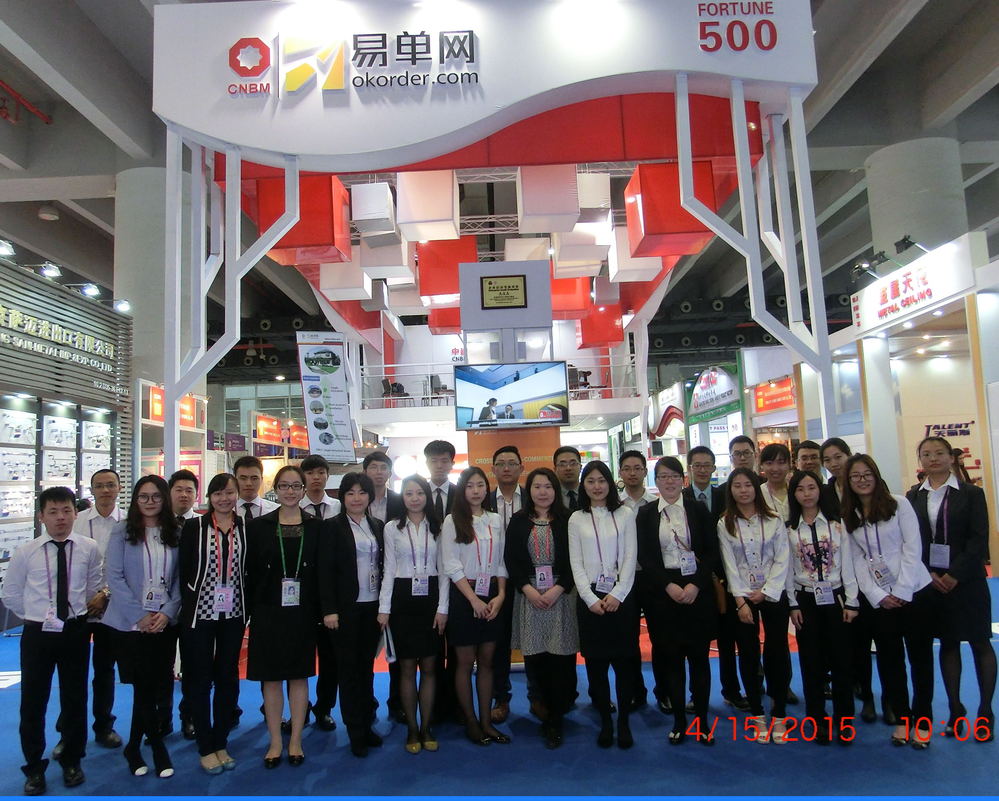
FAQ
1. How Many years experience do we have?
We have been exported to more than 20 countries in the past 15 years.
2. How long do we usually reply your request?
We always reply our customer within 24 hours.
3. What material are we supplying now?
We are specialized in producing Stainless Steel Coil, Stainless steel(plate/sheet), and duplex stainless steel for 2 decades. We are currently supplying 201/202, 304/304l, 310S/309S/316l/316Ti/321, 410/420/430/444/443/409l, and 904l.
If you have any question about stainless steel sheets,donot forget to sending the email to Us! You will get the competitive Price and have a very good experience about the Buying Process! CNBM International Corporation is always your trustful friend!
- Q:Can stainless steel sheets be used for solar panel frames?
- Solar panel frames can indeed be made from stainless steel sheets. The use of stainless steel is quite popular for solar panel frames because of its exceptional strength, durability, and resistance to corrosion. It can endure various weather conditions, such as extreme heat, humidity, and exposure to sunlight. In addition, stainless steel is both non-magnetic and non-combustible, ensuring the safety of solar panel installations. Moreover, its high strength-to-weight ratio permits lighter frame designs, reducing the overall weight of the solar panels and facilitating their installation. All in all, stainless steel sheets are a dependable and enduring choice for constructing solar panel frames.
- Q:Can stainless steel sheets be used for railway infrastructure?
- Yes, stainless steel sheets can be used for railway infrastructure. Stainless steel is known for its durability, corrosion resistance, and strength, making it suitable for various applications in the railway industry. It can be used for railway tracks, bridges, platforms, and other structures that require high strength and long-lasting performance. Additionally, stainless steel's low maintenance requirements and ability to withstand harsh environmental conditions make it an ideal choice for railway infrastructure.
- Q:Can stainless steel sheets be used in high-pressure environments?
- High-pressure environments can certainly accommodate the use of stainless steel sheets. Renowned for remarkable strength and corrosion resistance, stainless steel proves itself fitting for tasks demanding high-pressure endurance. It remains intact and unyielding under immense pressure, never succumbing to deformation or fracture. Consequently, it emerges as an ideal choice for industries like oil and gas, chemical processing, and power generation, which frequently operate in high-pressure settings. Furthermore, stainless steel sheets retain their structural integrity and performance at elevated temperatures, bolstering their already impressive suitability for high-pressure situations.
- Q:How do you prevent pitting or crevice corrosion on stainless steel sheets?
- To prevent pitting or crevice corrosion on stainless steel sheets, certain measures can be taken. First, ensuring proper cleaning and maintenance is crucial. Regularly cleaning the stainless steel sheets with mild detergent and water, followed by thorough rinsing and drying, helps remove any contaminants that can lead to corrosion. Additionally, avoiding exposure to corrosive substances like chloride-based cleaners or harsh chemicals is important. Applying a protective coating or passivating the stainless steel surface can also provide an extra barrier against corrosion. Passivation involves treating the stainless steel with a mild oxidizing agent to promote the formation of a passive oxide layer, which enhances the metal's resistance to corrosion. Proper design and installation practices are equally vital. Avoiding the use of dissimilar metals in contact with stainless steel sheets and ensuring proper sealing and gasketing in joints or crevices can prevent crevice corrosion. Adequate ventilation and avoiding stagnant conditions can also help minimize corrosion risks. Regular inspection and maintenance are necessary to identify and address any signs of corrosion promptly. This includes checking for signs of pitting or crevices, addressing any damage or scratches, and promptly repairing or replacing any corroded areas.
- Q:Can stainless steel sheets be used for automotive body panels?
- Indeed, automotive body panels can indeed find utility in stainless steel sheets. The usage of stainless steel in automotive applications is widely favored due to its remarkable resistance to corrosion, exceptional strength, and enduring nature. It has the ability to endure unfavorable weather conditions, road salts, and other environmental factors without succumbing to rust or degradation. Furthermore, stainless steel possesses a lightweight characteristic, rendering it an optimal choice for the reduction of a vehicle's overall weight and enhancement of fuel efficiency. Yet, it is important to note that the employment of stainless steel may incur higher costs in comparison to alternative materials, potentially impacting its broad implementation in automotive body panels.
- Q:What is the difference between 304 and 316 stainless steel sheets?
- Both 304 and 316 stainless steel sheets are popular options for a wide range of uses because of their exceptional durability and ability to resist corrosion. However, there are some important differences to note. Firstly, the composition of these stainless steel alloys is the most noticeable distinction. 304 stainless steel contains 18% chromium and 8% nickel, while 316 stainless steel contains 16% chromium, 10% nickel, and 2% molybdenum. The added molybdenum in 316 stainless steel enhances its resistance to corrosion, particularly in chloride-rich environments like marine or coastal areas. Therefore, 316 stainless steel is often preferred for applications where exposure to harsh conditions or corrosive chemicals is anticipated. Secondly, the higher nickel and molybdenum content in 316 stainless steel make it more resistant to pitting and crevice corrosion, which can occur in stagnant or low-oxygen environments. This makes 316 stainless steel a better choice for applications that involve prolonged exposure to acidic or alkaline solutions, such as chemical processing plants or medical equipment. Thirdly, the higher molybdenum content in 316 stainless steel also improves its ability to withstand high temperatures. It can endure higher temperatures than 304 stainless steel, making it suitable for applications that involve exposure to heat, such as exhaust systems or boilers. Lastly, 316 stainless steel is generally more expensive than 304 stainless steel due to its higher alloy content. However, the added benefits and increased resistance to corrosion of 316 stainless steel may justify the higher cost in specific applications where performance and longevity are crucial. In conclusion, while both 304 and 316 stainless steel sheets offer exceptional resistance to corrosion, 316 stainless steel provides superior resistance to challenging environments, acidic or alkaline solutions, and higher temperatures due to its higher nickel, chromium, and molybdenum content. The choice between the two will depend on the specific application and the level of corrosion resistance required.
- Q:Can stainless steel sheets be embossed or textured?
- Yes, stainless steel sheets can be embossed or textured. This process involves imprinting patterns or designs onto the surface of the stainless steel sheets, adding visual interest and texture to the material.
- Q:Are stainless steel sheets suitable for medical implants?
- Yes, stainless steel sheets are suitable for medical implants. Stainless steel is a common material used in medical implants due to its desirable properties such as corrosion resistance, strength, and biocompatibility. These sheets can be fabricated into a variety of shapes and sizes, making them versatile for different types of implants. Additionally, stainless steel has been extensively studied and proven to be safe for long-term implantation in the human body. It is also cost-effective compared to other implant materials. However, it is important to note that the specific grade of stainless steel and the surface finish are critical factors in determining the suitability for medical implants. The grade of stainless steel must meet the requirements for biocompatibility and corrosion resistance, while the surface finish should be smooth to minimize the risk of infection and promote proper tissue integration. Overall, stainless steel sheets are a reliable and widely used material for medical implants.
- Q:Are stainless steel sheets suitable for chemical transport containers?
- Indeed, chemical transport containers can rely on stainless steel sheets. Renowned for its exceptional resistance to corrosion, stainless steel proves highly appropriate for chemical transportation. Its ability to withstand numerous acids, alkalis, and corrosive substances guarantees the preservation and purity of the chemicals throughout transit. Moreover, stainless steel sheets boast durability and strength, delivering structural integrity to the containers and ensuring the secure transportation of chemicals.
- Q:What are the common sizes and thicknesses of stainless steel sheets?
- The common sizes and thicknesses of stainless steel sheets vary depending on the intended use and industry standards. However, there are some standard sizes and thicknesses that are commonly found in the market. For stainless steel sheets, the most common sizes range from 4x8 feet (1219x2438mm) to 5x10 feet (1524x3048mm). These sizes are widely available and are suitable for various applications such as construction, automotive, and fabrication. Regarding thickness, stainless steel sheets are available in a range of gauges, usually measured in inches or millimeters. The most common thicknesses for stainless steel sheets are 0.0276 inches (0.7mm), 0.0359 inches (0.91mm), 0.0478 inches (1.21mm), 0.0598 inches (1.52mm), 0.0747 inches (1.90mm), and 0.0897 inches (2.28mm). These thicknesses are frequently used in commercial and industrial applications. It is important to note that stainless steel sheets can be custom-made to meet specific requirements, including non-standard sizes and thicknesses. In such cases, it is advisable to consult with a supplier or manufacturer who can provide personalized solutions based on the specific needs of the project.
1. Manufacturer Overview |
|
|---|---|
| Location | |
| Year Established | |
| Annual Output Value | |
| Main Markets | |
| Company Certifications | |
2. Manufacturer Certificates |
|
|---|---|
| a) Certification Name | |
| Range | |
| Reference | |
| Validity Period | |
3. Manufacturer Capability |
|
|---|---|
| a)Trade Capacity | |
| Nearest Port | |
| Export Percentage | |
| No.of Employees in Trade Department | |
| Language Spoken: | |
| b)Factory Information | |
| Factory Size: | |
| No. of Production Lines | |
| Contract Manufacturing | |
| Product Price Range | |
Send your message to us
Stainless Steel Plate 904L with Surface Treatment
- Loading Port:
- Shanghai
- Payment Terms:
- TT OR LC
- Min Order Qty:
- 1000 m.t.
- Supply Capability:
- 5000000 m.t./month
OKorder Service Pledge
OKorder Financial Service
Similar products
New products
Hot products
Hot Searches
Related keywords

